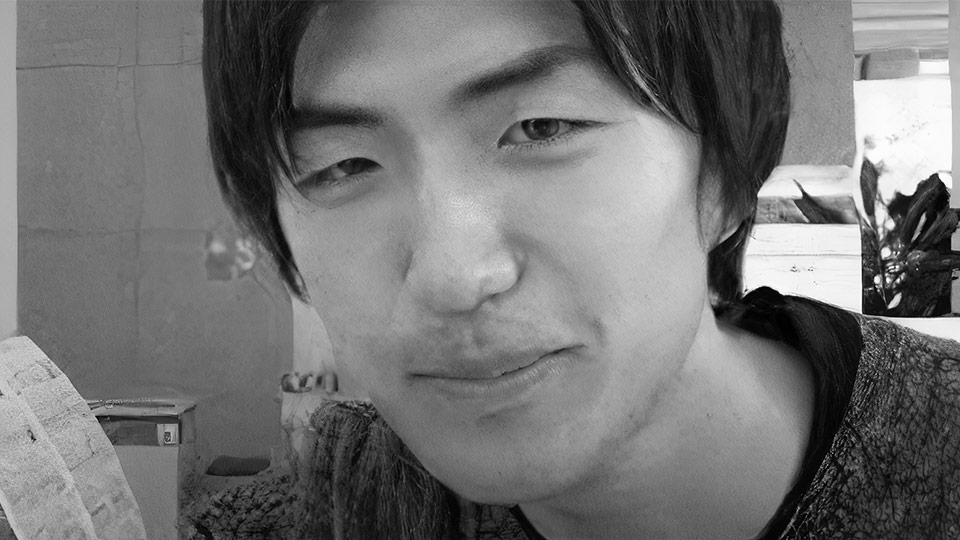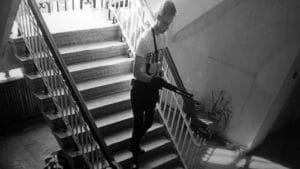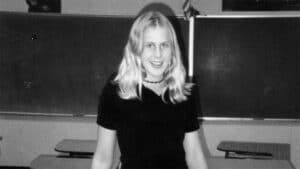Takahiro Shiraishi was born on October 9, 1990 in Zama, Japan. He was raised by his parents, and had a younger sister.
Everyone who knew him during his childhood said that he had a fragile appearance, was very thin and shy. He was an average student, not getting the best grades, but he seemed to try as hard as he could.
He had a few friends, used to participate in social activities, and practiced baseball and athletics. The only report that stands out from the others comes from a classmate, who said that Takahiro used to “play choking games” with his friends.
Parents divorce
During high school Takahiro’s parents divorced. This had a great emotional impact on the boy, mainly because he was now separated from his sister, who was living with her mother while he remained under the care of his father.
From that moment on, strange behaviors began to emerge. As soon as Takahiro graduated from high school, he began to look for any job that would bring him some financial independence, while distancing himself from his family relationship, which was getting worse and worse.
His first jobs were in a market, a food factory, and even a Pachinko’s game store, intended for adults because it offers a gambling device, similiar to the slot machine in Western gambling.
Illegal activities
Soon after leaving his job at the gambling house, he started working for a prostitution ring, his job was to recruit girls who were interested in working with it.
He worked in the Kabukicho neighborhood in Tokyo. Known for being one of the most dangerous neighborhoods in the city, there are many nightclubs and red-light district, where it is common to see pictures of half-naked women printed outside the establishments.
Him strategy was to seek out women who were in financial need or vulnerable, so Twitter became her main working tool.
This job did not last long, in February 2017 he was arrested for collaborating with prostitution, however he served his sentence on probation. About three months later, his sentence was suspended due to loopholes in the law.
Although a law has prohibited prostitution in Japan since 1956, the Japanese find loopholes and interpretations to bypass the law. One way to get around the law is to offer sexual massages and services that do not involve sex.
Source: Mundo-Nipo.
At that time Takahiro was still living with his father. They had a good relationship and shared tasks in the auto repair shop that was the family’s livelihood.
In August 2017, then 27 years old, Takahiro told his father that he had met the love of his life and intended to start a family. He asked to use an apartment of his father’s that was about 1.2 mi (2 km) away from the house where he was living, claiming that there he would have more freedom and privacy with his girlfriend.
What the father did not imagine was that this story was nothing but a lie.
The tiny house of horrors
On August 22, 2017, he moved into the small apartment, and a few days later decided to start his plans.
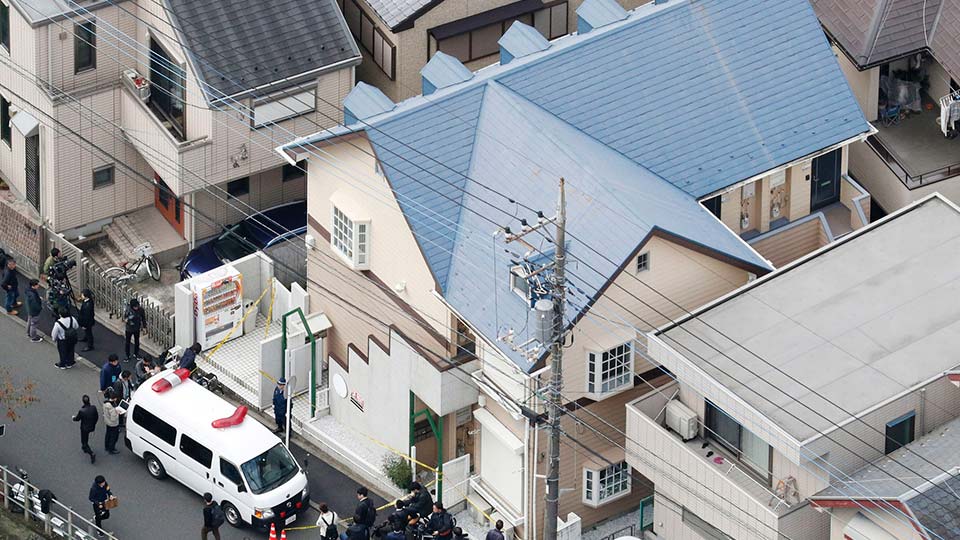
Takahiro created two fake Twitter accounts, one posing as a guy willing to commit suicide and the other as someone who could help with methods and places to someone actually take his own life.
His tweets propagated suicidal ideas, which quickly attracted real people in similar situations of dissatisfaction with life into conversations via text messages. It is important to emphasize that Takahiro never had the idea of taking his own life, his messages were just bait.
Last year (2014) in Japan, over 25,000 people committed suicide. That’s an average of 70 per day. Most of them are men. […] The Japanese rate of 18.5 suicides per 100,000 inhabitants is, for example, three times that recorded in the United Kingdom (6.2) and 50% higher than the rate in the United States (12.1), Austria (11.5) and France (12.3).
Source: BBC.
His modus operandi was to form emotional bonds with people at risk of suicide and then invite them to his home. He would promise to commit suicide together or provide a suitable place and method to do it.
It was common for him to pick up his victims at the train station, so that they would not give up at the last minute. When they arrived at his house, he would offer them alcoholic drinks and medicine, so that the death would be more peaceful.
When he noticed that the victims were drunk or under the effects of medication, he would sexually abuse them.
For a long time Takahiro had fantasized about watching a person die, and in less than a week of living in the new apartment, he made his first victim.
And yes, some people went to Takahiro’s house knowing that this would be the last day of their lives, as people with emotional problems can become very easy prey.
No mercy
Between August and October 2017, Takahiro killed and dismembered nine victims in Tokyo and four other Japanese cities. He used to separate the soft parts such as organs and skin and dispose of them in dumpsters, as he knew they would quickly decompose.
And the bones, head, hands and feet were kept in the refrigerator. He believed that he would be easily caught if the police could identify remains of the victims. In addition, he used to steal cell phones, jewelry, and cash from his victims after killing them.
Of the nine people murdered, eight were women, and all the female victims were raped before being killed. The only man in the group was killed after arguing with Takahiro about the whereabouts of his girlfriend.

In a statement to the police, he said that he didn’t even know the real name or age of the victim until he saw them in person, but he used to make sure through the messages that they were young and attractive women. According to him, the motivation for the crimes was sexual and financial.
Tracks left behind
In October 2017, the brother of one of the missing victims, 23-year-old Aiko Tamura, was looking for any relevant information about his sister’s whereabouts on Twitter.
He came across several tweets from his sister that revealed suicidal thoughts, something previously unknown to the family. Searching the text messages, he found long conversations with one of Takahiro Shiraishi’s profiles.
The conversations revealed that Takahiro had promised to commit suicide together with Aiko, but strangely his profile kept on tweeting, which suggested that he had not died.
Upon further analysis, the brother managed to find another young woman who was also text messaging Takahiro, and she agreed to lure the killer away so that the truth could be revealed.
Under police supervision, the volunteer arranged a meeting to the death with Takahiro. Arriving there, the authorities ordered his arrest. When they entered the apartment the policemen asked where Aiko Tamura’s body was, and coldly he pointed to the cooler that was in the hallway.
Justice for the victims
At the police station he did not deny any of the crimes, easily related the details and seemed to accept his fate.
Takahiro was charged in September 2018 after five months of psychiatric testing, after which the courts concluded that he could be “held accountable” for the crimes.
He pleaded guilty in Tokyo District Court on September 30, 2020, but his defense initially claimed that he should be charged with a “lesser” crime, since he had killed the victims with their consent. But ll this was denied by the criminal himself, who admitted that he had killed the victims without their consent.
He was sentenced to death in December 2020, and has shown no desire to appeal. In some interviews, he even said that the sentence was taking too long and that he should die faster.
Details about the crimes
Despite living in an extremely small apartment, the young man’s neighbors never imagined that he could be a murderer. Some reported smelling bad odors coming from his house, but they attributed it to poor house hygiene and they didn’t take much notice.
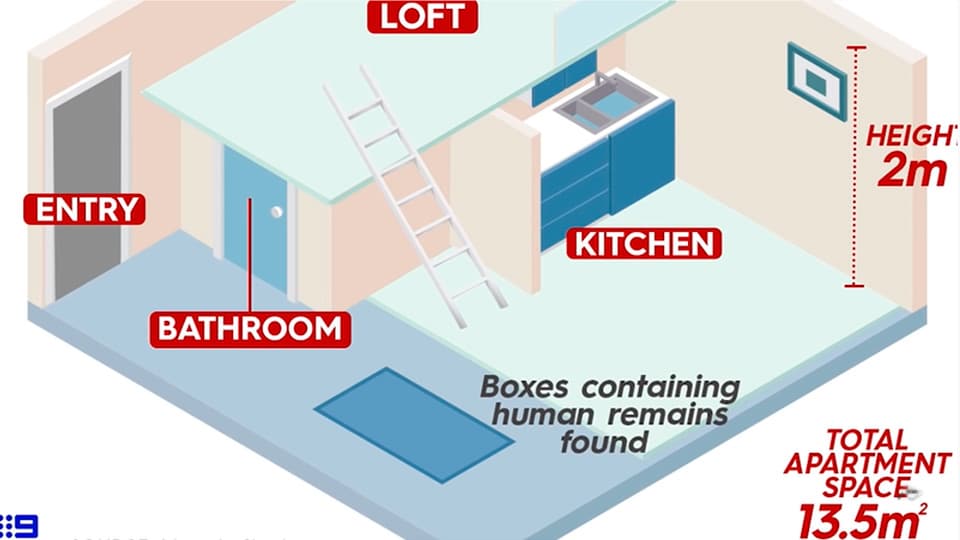
One of the neighbors said that Takahiro’s visits to the garbage cans in the back of the building were common, and that he wondered why a single boy produced so much garbage. But he never questioned Takahiro.
In all, the policemen discovered two severed heads, arms and legs among a total of 240 bone parts.
Months before he was caught, he told his father that he was unhappy, and said that his life no longer made sense.
In some interviews, Takahiro even apologized to the victims’ families, and in others he said that his only regret was that he had been arrested and that if he had the chance he would do it all over again.
Takahiro even boasted about his ability to kill and hide a body, telling the police that at first it took him three days to get rid of the first victim, but soon after he perfected it, he took only 24 hours.

